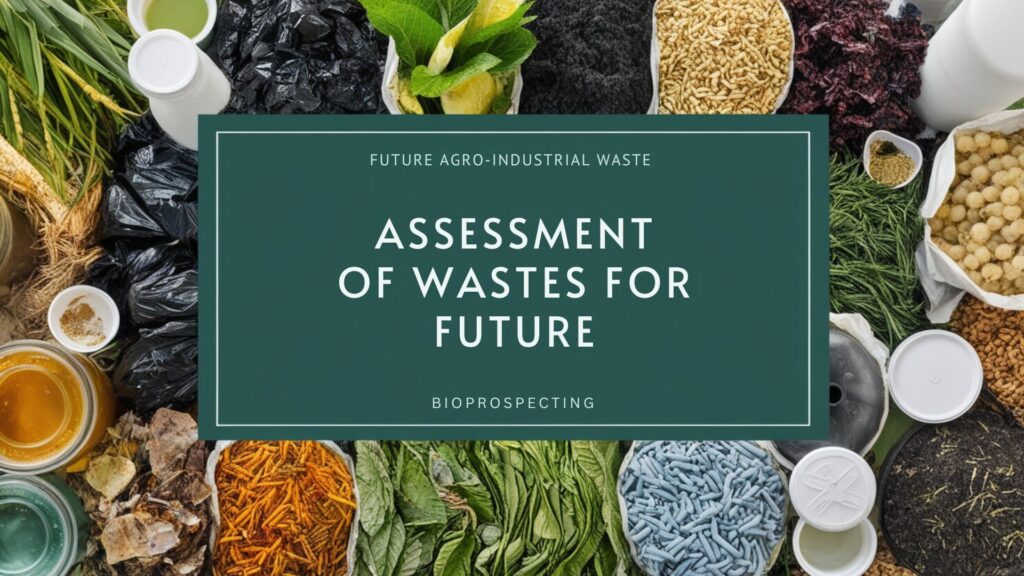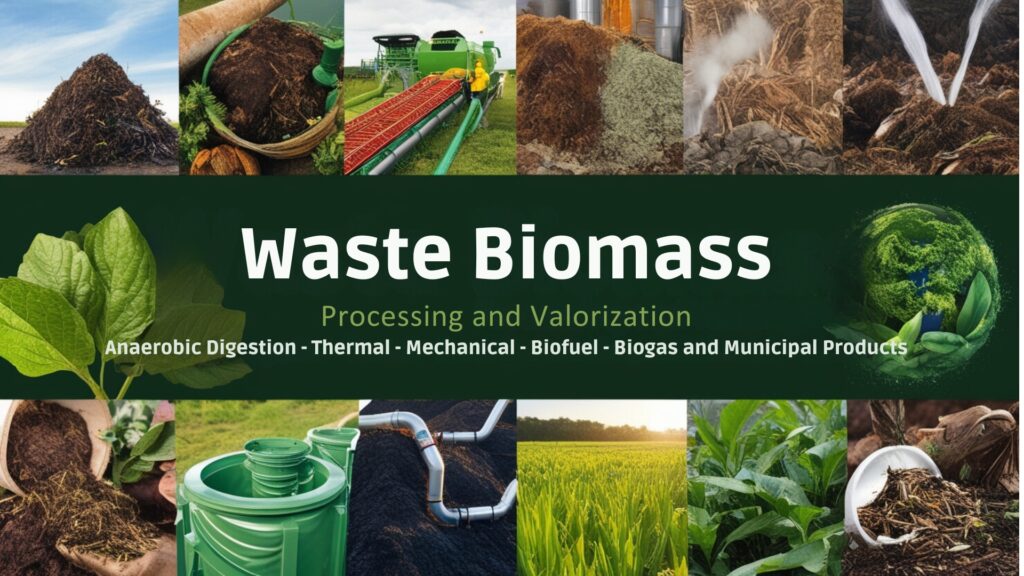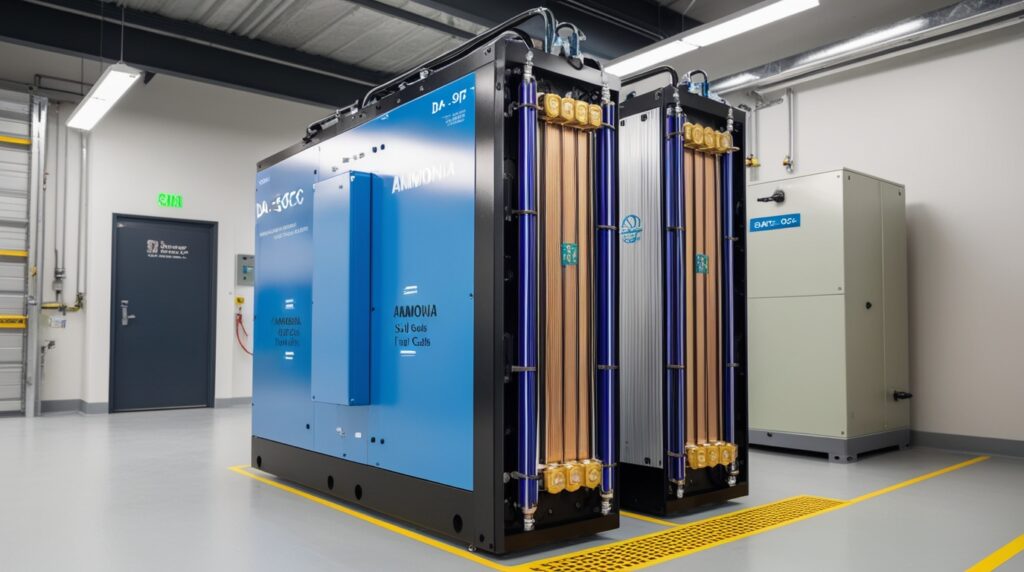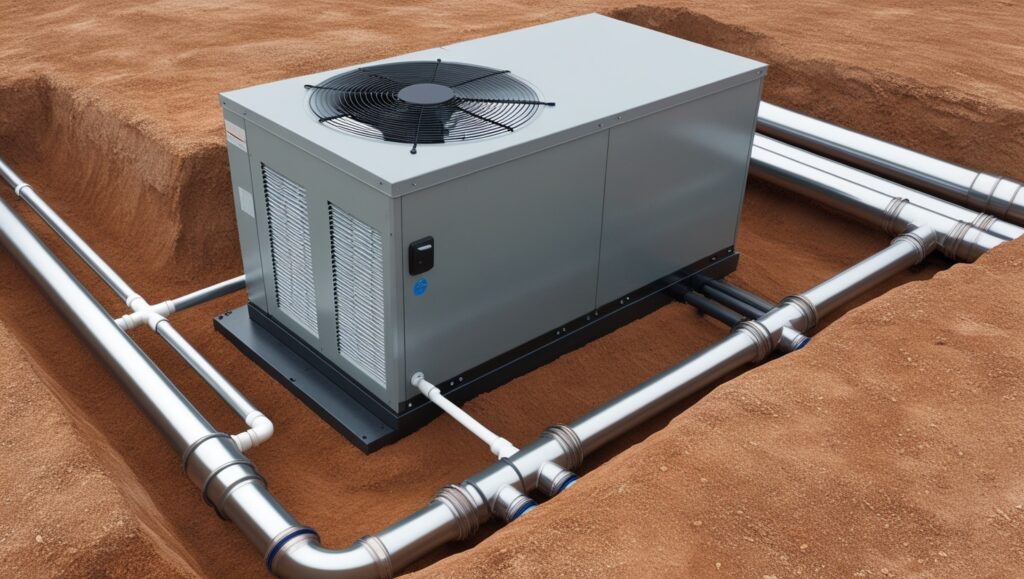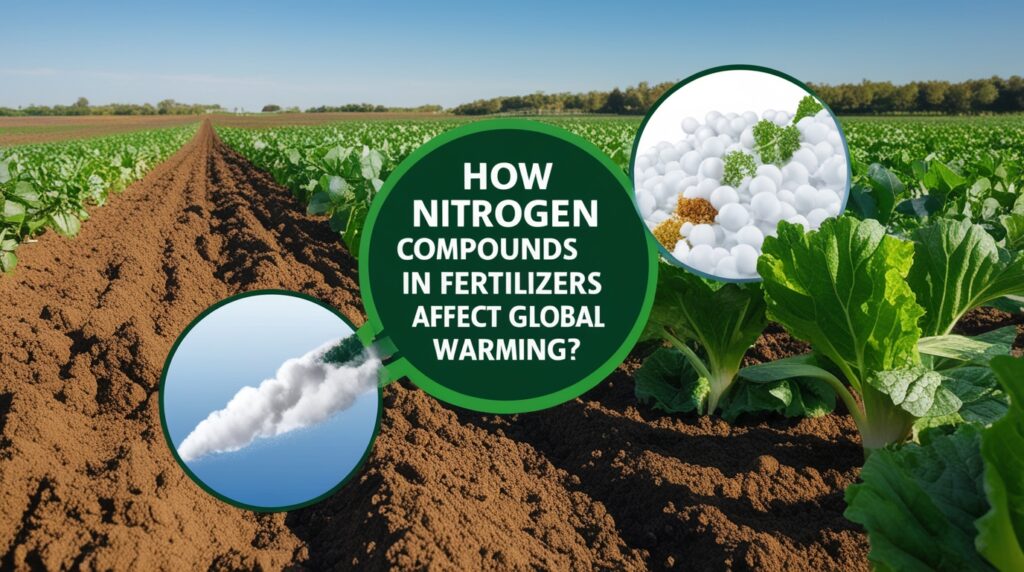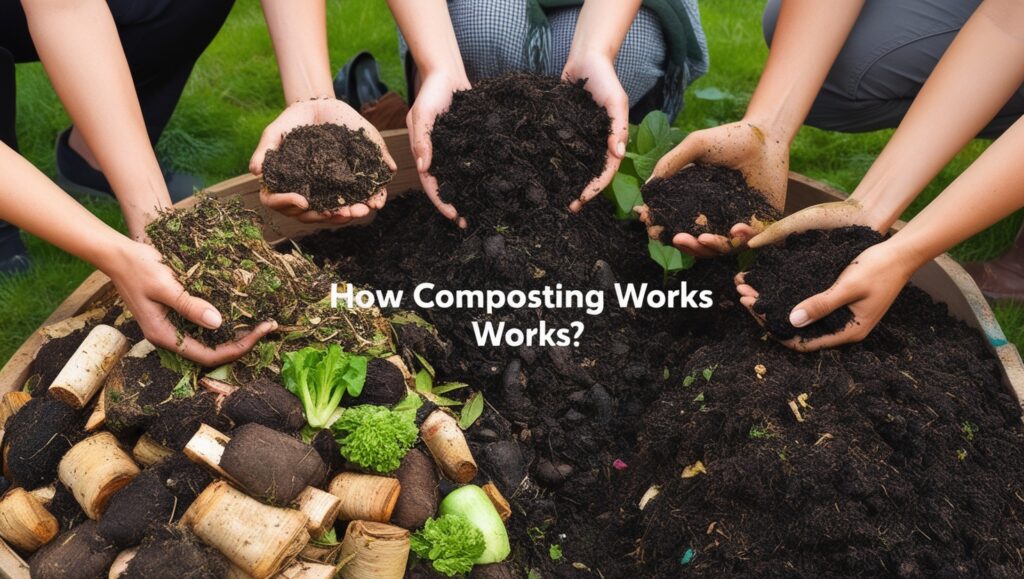How the Tesla Turbine Works
The Tesla turbine is a type of turbine designed by inventor Nikola Tesla in the 1890s, characterized by its use of smooth, flat disks instead of conventional blades to harness energy from fluid flow. This innovative design operates on the principles of boundary layer effects and laminar flow, allowing for potentially higher mechanical efficiencies, particularly in smaller applications. The turbine’s unique construction and operational principles differentiate it from traditional turbines, making it a subject of renewed interest in both engineering and renewable energy fields due to its versatility and efficiency. Notably, the Tesla turbine can achieve mechanical efficiencies of up to 97% under optimal conditions, although real-world applications often yield […]



